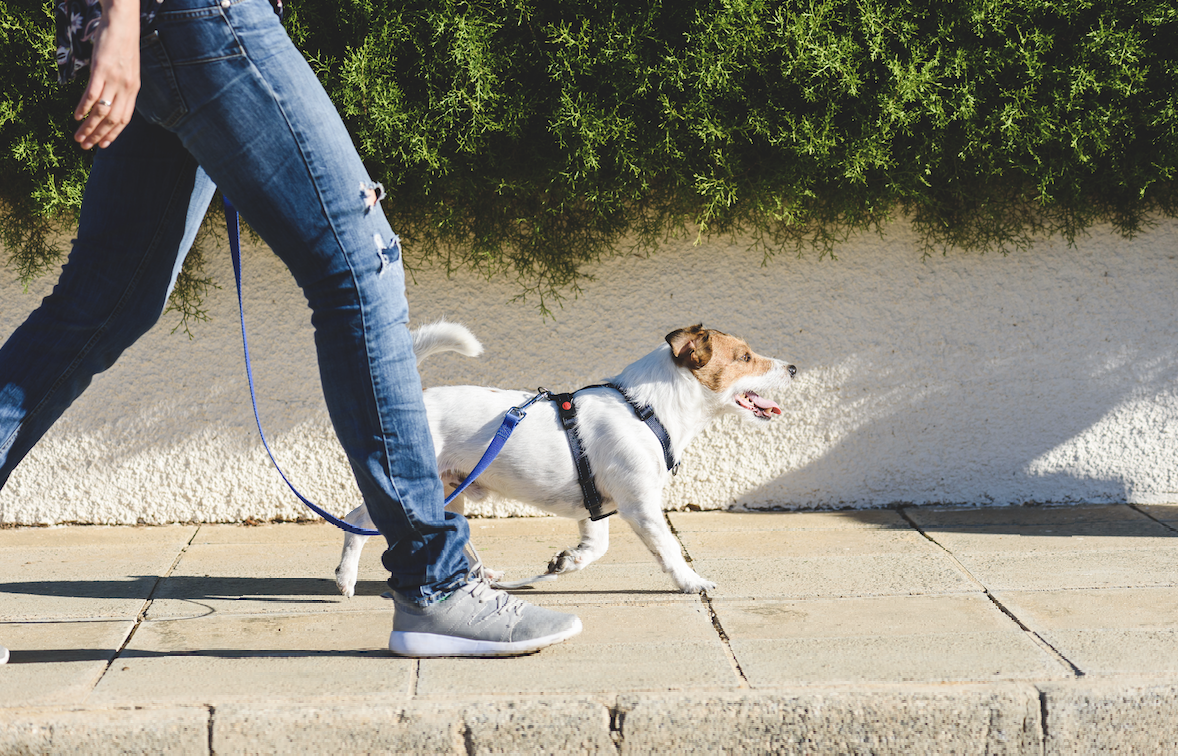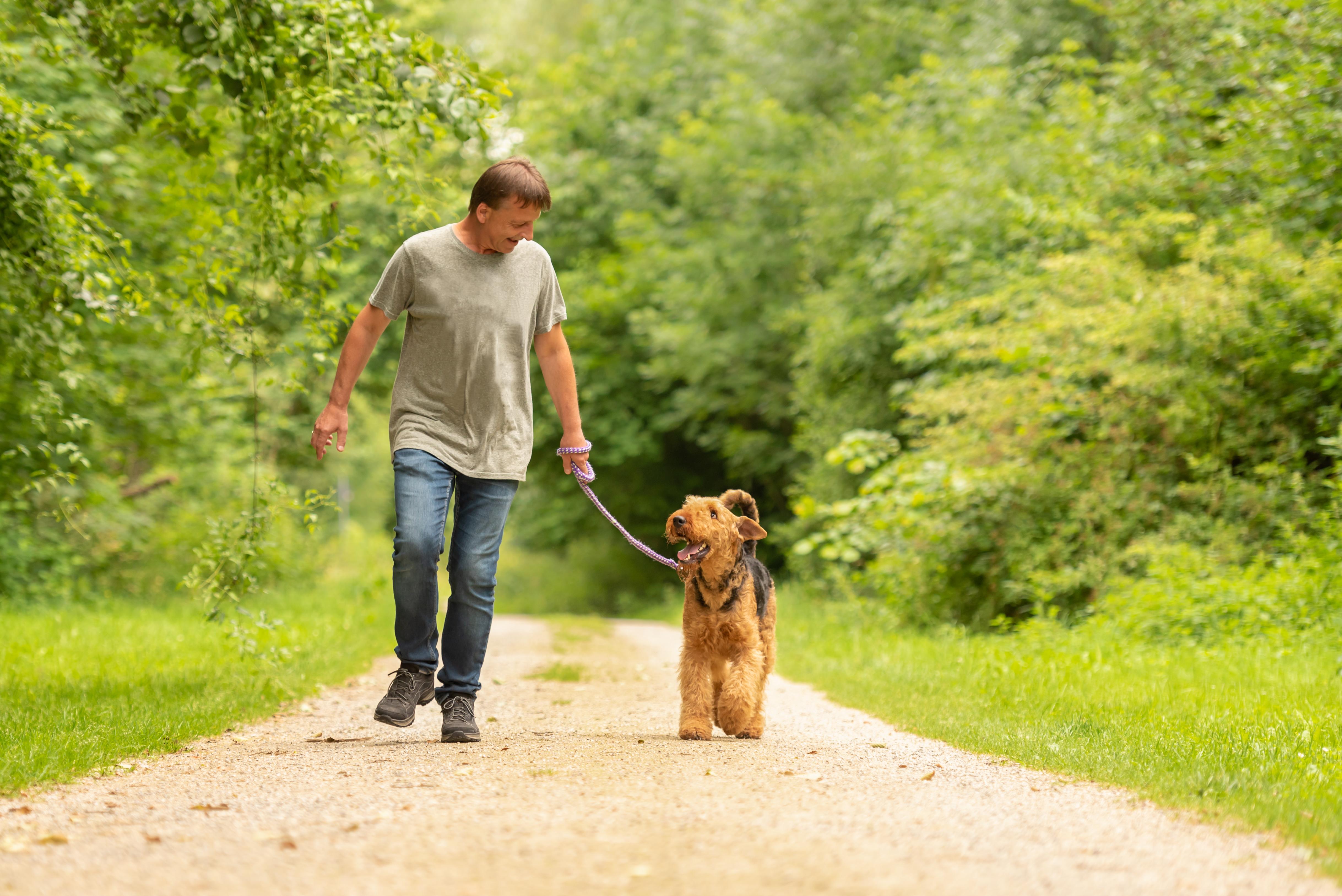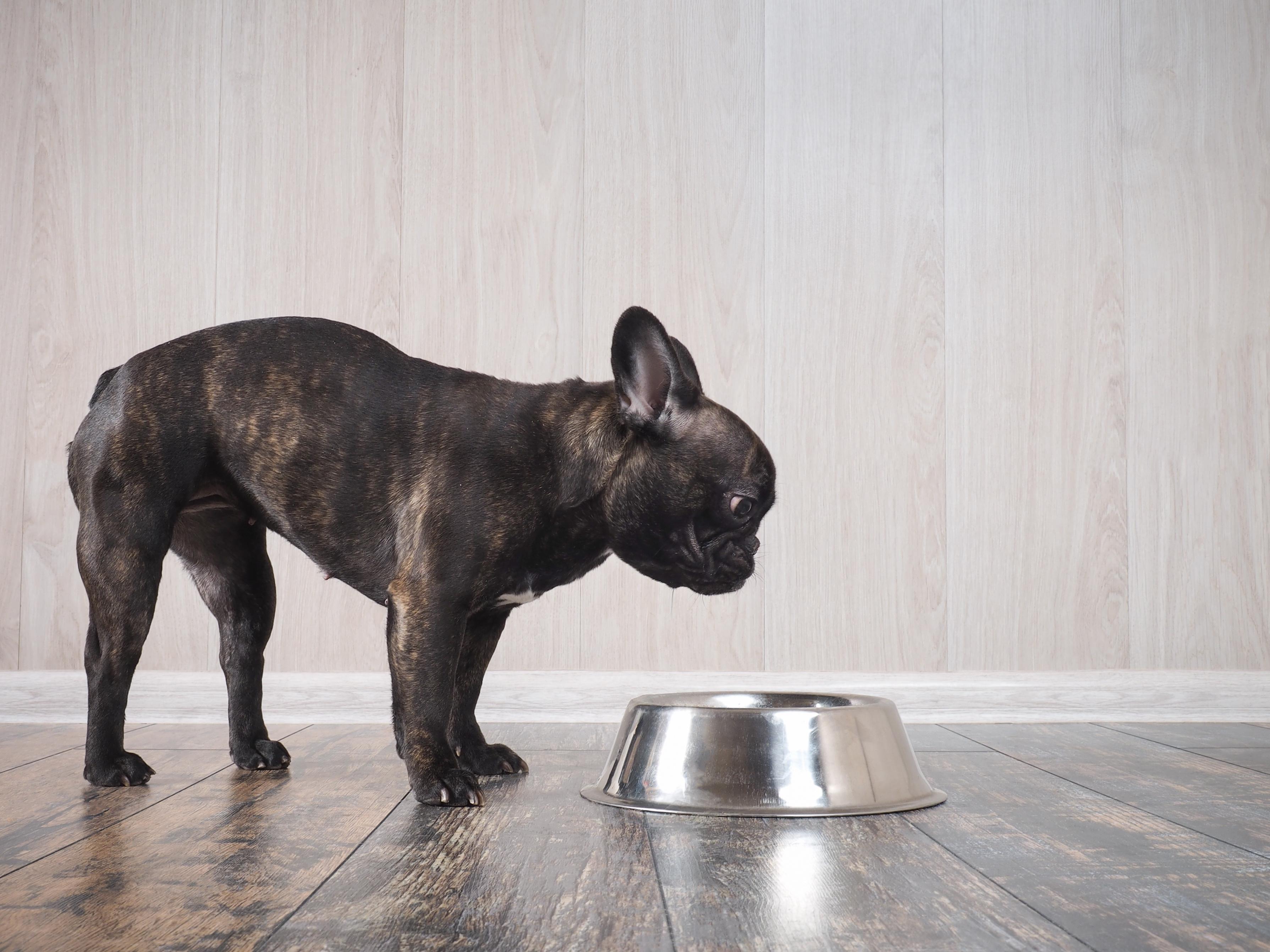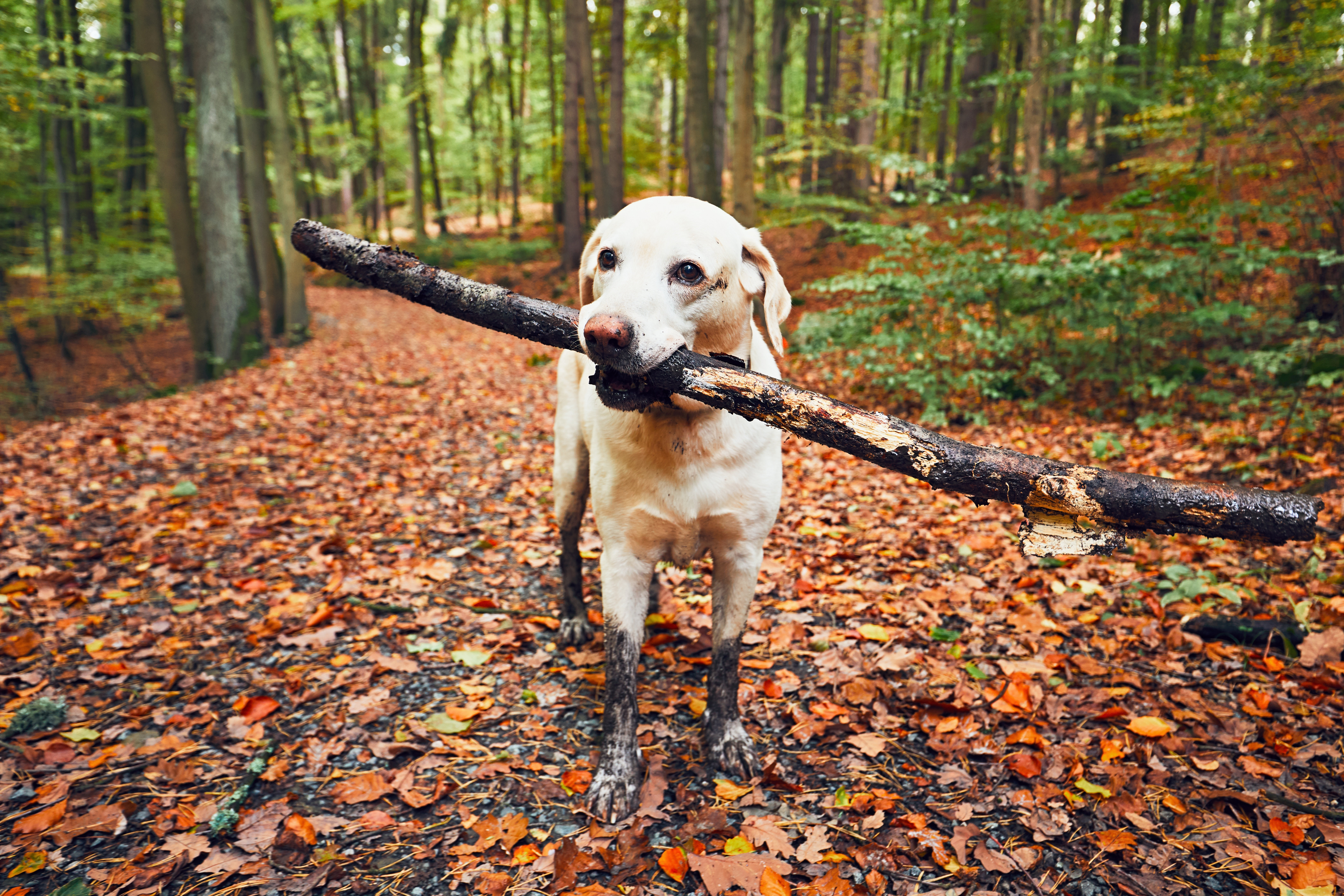A Guide to Diabetes in Dogs: Advice and Care
Dec 15, 2025 5:52:33 AM

There are two types of diabetes which can occur in dogs:
Diabetes Mellitus
This is the most common type of diabetes, is a metabolism disorder and can occur in two ways:
- Due to lack of insulin
- Due to the body becoming resistant to insulin which leads to increased thirst, urination, and hunger as well as sudden weight loss and appearance of cataracts
What are the common causes of Diabetes Mellitus?
- Obesity contributes to insulin resistance and is a risk factor for pancreatitis, which can lead to diabetes. Our Nutrition Advisors can advise you on the right diet to support your dog if they are overweight
- Chronic or repeated pancreatitis (inflammation of the pancreas) can eventually cause extensive damage to that organ, resulting in diabetes
- Age - while diabetes can occur at any age, it mostly occurs in middle-aged to senior dogs. Most dogs who develop it are age 5 or older when diagnose
- Gender - unneutered female dogs are twice as likely as male dogs to have diabetes
- Steroid medications - these can cause diabetes when used long-term
- Cushing’s disease, where the body overproduces steroids internally, can cause diabetes
- Genetics - diabetes can occur in any breed or mixed-breed, and it seems genetics can play a role in either increased or reduced risk. A 2003 study found that overall, cross breeds are no less prone to diabetes than purebreds. Among purebreds, breeds vary in susceptibility, some with very low risk and others with higher risk. Some that may be at higher risk include Miniature Poodles, Bichons Frises, Pugs, Dachshunds, Miniature Schnauzers, Puli, Samoyeds, Keeshonds, Australian Terriers, Fox Terriers, Cairn Terriers and Beagles
Diabetes Insipidus
This is a very rare type of diabetes. Unrelated to diabetes mellitus, pets who have this type of diabetes cannot regulate their body water and urinate frequently. They can become dehydrated in as little as 4-6 hours so need constant access to fresh drinking water.
Diabetes insipidus can be caused by the following:
- Inadequate secretion of antidiuretic hormone, ADH
- Congenital defects
- Head injuries
- Brain tumours
- Kidney disorders
- Endocrine disorders
- Metabolic disorders
How to spot the signs of diabetes in dogs
The main signs of diabetes include:
- Increased thirst
- Increased urination
- Increased hunger
- Weight loss
- Decreased urination
- Dehydration
- House soiling
- Poor coat health
- Appearance of cataracts
Always consult your vet if you spot these signs, as they can be indicators of various diseases. Diabetic dogs are prone to urinary tract infections and can also suffer from fits and collapses and go on to develop cataracts in their eyes.
What happens next?
Your vet will have to do a number of tests in order to diagnose diabetes. Each type involves different testing.
Diabetes Mellitus
- Urine test (this looks for sugar in the urine, which means their sugar is so high it is too much for the kidneys to cope with)
- Blood test (this measures sugar in the blood directly)
Diabetes Insipidus
- Blood test
- Urine test
- Electrolytes test
- A modified water deprivation test
- MRI or CT scans
How do I help my dog manage their diabetes?
As Diabetes Insipidus has varying causes, treatment will depend on diagnosis.
How to manage Diabetes Mellitus
Routine is the key when it comes to managing diabetes. Working with your vet closely to ensure you’re confident in administering insulin, as well as keeping to feeding schedules will help your dog stay on the right track.
Administering insulin
As your dog cannot product their own insulin, insulin injections are usually given every 12 hours, immediately after a meal. Their insulin doses are based on their weight (initially) and also their response to the medication.
Don’t panic! Insulin adjustment takes time and regular vet check-ups will be the norm during this process. Your vet will help advise you on administering insulin confidently. Whilst needles can be a little scary in most cases dogs don’t even react.
Diet
When feeding a dog with diabetes, it’s important to stick to the same recipes, schedule and amounts to ensure their intake matches their insulin dosage. Insulin should be given straight after they finish their meal.
Diabetic dogs shouldn’t eat between meals as this can affect their blood sugar levels, so it’s wise to avoid snacks and treats throughout the day. If your dog accidentally eats something significant, we will always advise that to speak to your vet about what to do next. To help them feel full throughout the day, diabetic dogs benefit from a diet which is high in fibre, and low in sugar, as this also helps them absorb glucose at a slower rate. Your vet will advise you on how many calories your dog will need per day.
Exercise
Exercise is really important for diabetic dogs, as it helps with insulin absorption and can help avoid high blood sugar levels. We would recommend steady, moderate-intensity activity daily for your dog, ideally after their first meal and insulin dose.
Back
Recent Blogs

Keeping Your Furry Friend Safe and Happy During Halloween
Halloween approaches with its festive decorations, spooky costumes, and sweet treats. While humans eagerly anticipate the holiday, it can be a challenging time for our four-legged friends. From unfamiliar sights and sounds to potentially dangerous treats, Halloween can pose various risks to our beloved dogs.
While it might be tempting to dress up your dog in a cute or funny costume, always prioritize their comfort and well-being. Ensure that the costume is not restrictive, does not impede movement, and does not have small parts that could be swallowed. Allow your dog to become accustomed to the costume before the actual event, and keep a close eye on them while they're wearing it.

The vital role of responsible dog ownership.
A Pledge to Paws and Principles
Dogs have long been cherished companions, confidants, and sources of unconditional love for millions of people around the world. These faithful friends offer not only emotional support but also contribute significantly to our overall well-being. However, the joys of having a canine companion come with great responsibilities. Responsible dog ownership is not just a choice; it's an obligation we owe to our four-legged friends, our communities, and ourselves. In this blog, we will delve into the importance of responsible dog ownership and highlight the numerous benefits it brings to our lives.

My dog is a finicky eater...
You have a dog that has no appetite, is fussy and finicky with his food and you are fed up of trying every dog food brand under the sun. Here are our top tips for encouraging a better feeding regime

Finding the best places to walk your dog
The many benefits of dog walking are well documented and regular walks form part of our daily routine. But it is really easy to get into an unthinking pattern of where and how we walk our dogs. There are lots of adventures to be had out there with our canine companions so why not try something new?